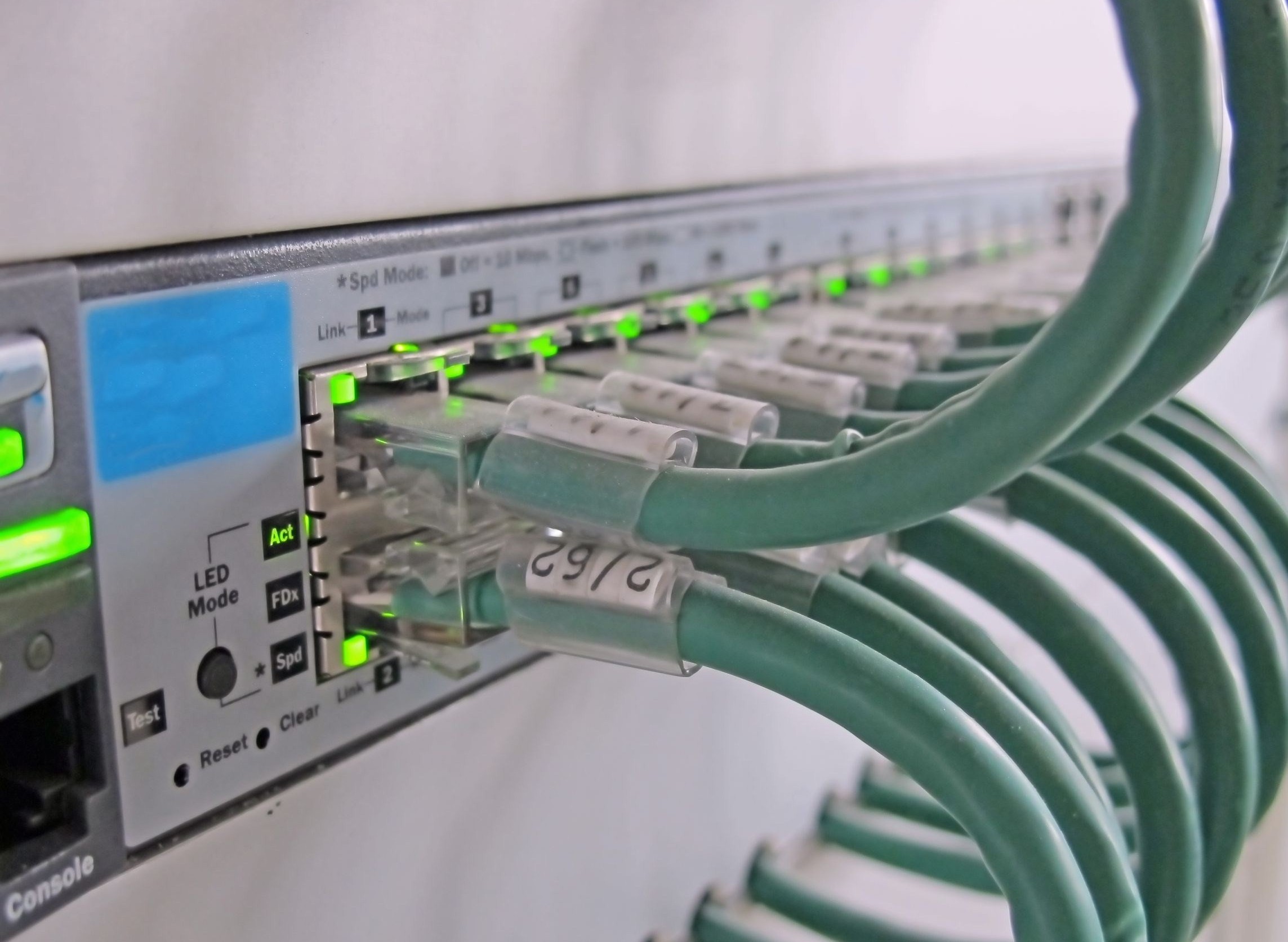
Understanding Ethernet Cable Wiring.
Communication is the lifeblood of any organization, and whether you communicate primarily through voice, video or data, it is important for your network infrastructure and to be sound and reliable. In the “daily grind” of the business world, systems can become worn out, office spaces often get remodeled, and new networks are frequently set up. These various changes, along with the daily demands that are placed on communications systems, require robust Ethernet cable wiring that can carry reliable signals to every piece of office equipment within a particular network.
Having the right type of data voice cabling in place will ensure that your network is able to perform at optimal levels. For those who may be unfamiliar with exactly what Ethernet cable is, this type of cable (also referred to as “Cat 5″, Cat 5e”, Cat 6e”, Cat 6a” cable) is one of the most popular choices for carrying signals within structured cable networks, such as those used in a business or a home office. It contains four unshielded twisted pairs of wiring within one single cable jacket, and is well known for offering a high level of signal integrity. Standards for network cable wiring have continued to evolve, and now Cat 5 cable has been superseded by what is known as the Category 5e specification. This type of wiring Ethernet cable in most computer network configurations will provide performance of up to 100MHz, although the more recent iteration known as Cat 6 cable offers a higher frequency rate at 250MHz. The Category 5e version of Ethernet cable was first introduced in order to support Gigabit Ethernet, which is a specific type of transmission technology that is commonly used in local area networks (LANs).
With Gigabit Ethernet, data is commonly carried by way of fiber optic strands, and can travel at a rate of 1 billion bits per second. Fiber optic strands are considered to be superior to traditional copper wire due to their low level of electromagnetic interference; simply put, they allow for a cleaner and more crisp transmission versus copper-based wiring. Along with a solid foundation of fiber optic cabling, one of the most common Ethernet cable wiring LAN configurations in use today is a series of 10 Mbps or 100 Mbps cards that are connected to a Gigabit Ethernet backbone.
As communications, data cabling, coaxial wiring standards and best practices continue to evolve, it is important for a thriving business to stay in lockstep with the technological changes that continue to emerge. The data voice cabling that you choose for your network will play a critical part in how well your network performs, and how stable your communications will be. In today’s fast-paced and highly competitive business world, the last thing you need is an unreliable voice and data network; one small incident of network failure can cause productivity to slow to a crawl, and can invite frustration. In many respects, the quality of your data and voice cabling will determine the overall efficiency and productivity of your organization. Since collaboration depends upon communication, great attention must be paid to the quality of your network, so that collaboration between key staff members can be carried out without hindrance. A well-structured, high-quality network will ensure that your business is positioned for smooth daily operations, creating an environment that is conducive for strong future growth.
